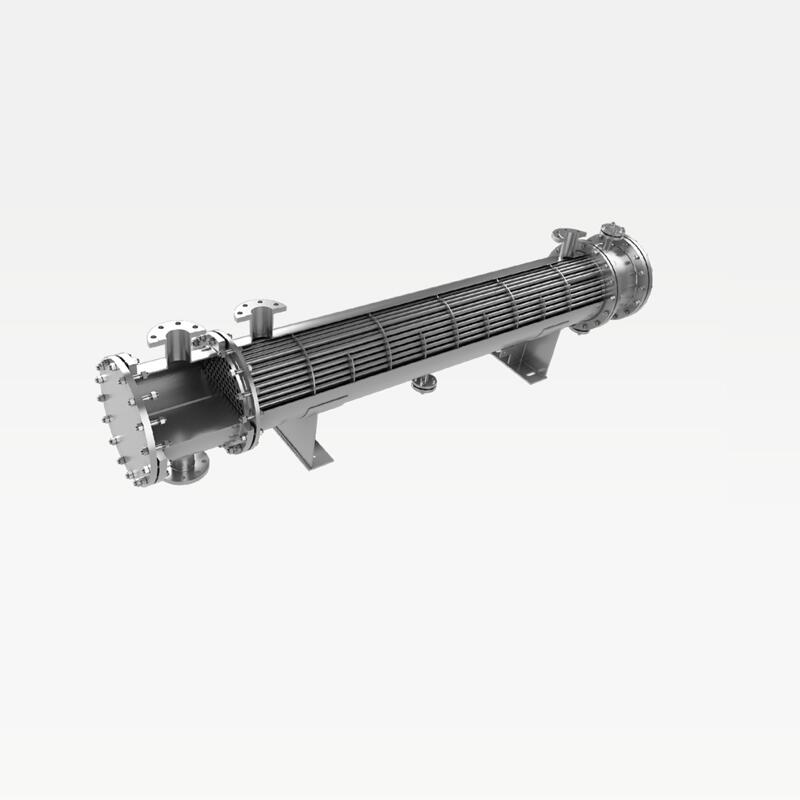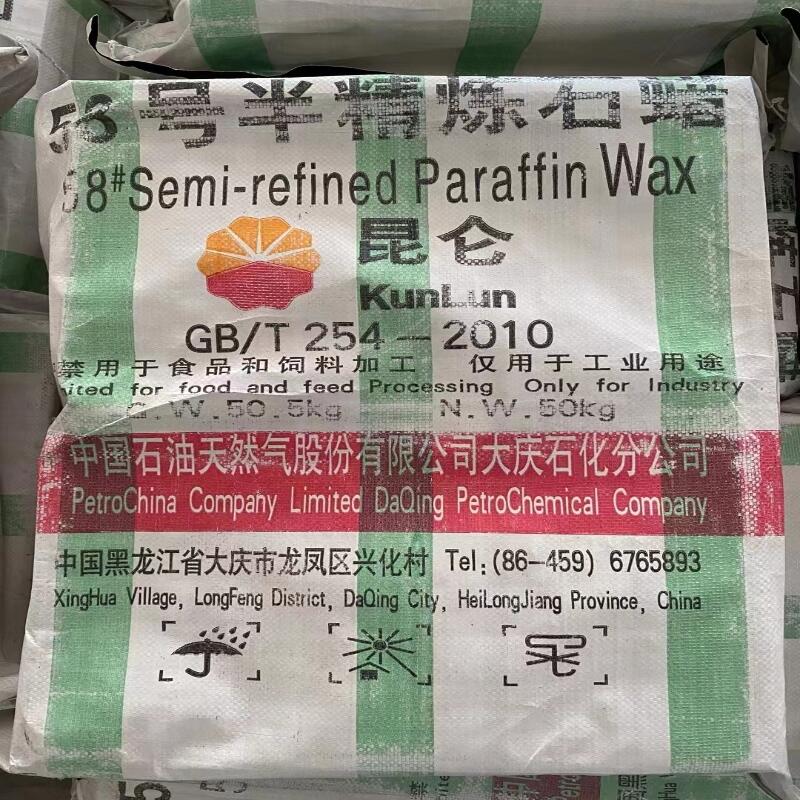-
Categories
-
Pharmaceutical Intermediates
-
Active Pharmaceutical Ingredients
-
Food Additives
- Industrial Coatings
- Agrochemicals
- Dyes and Pigments
- Surfactant
- Flavors and Fragrances
- Chemical Reagents
- Catalyst and Auxiliary
- Natural Products
- Inorganic Chemistry
-
Organic Chemistry
-
Biochemical Engineering
- Analytical Chemistry
-
Cosmetic Ingredient
- Water Treatment Chemical
-
Pharmaceutical Intermediates
Promotion
ECHEMI Mall
Wholesale
Weekly Price
Exhibition
News
-
Trade Service
The Production Process of Bis(p-methylbenzylidene)sorbitol
Bis(p-methylbenzylidene)sorbitol, also known as 4,4'-isopropylidenediphenol or IPE, is a versatile chemical compound used in a variety of applications in the chemical industry.
Its unique properties make it an ideal building block for the production of a range of chemical products, including polyurethanes, plastics, and resins.
The production process of Bis(p-methylbenzylidene)sorbitol involves several steps, each of which must be carefully controlled to ensure the quality of the final product.
In this article, we will take a closer look at the production process of Bis(p-methylbenzylidene)sorbitol and the factors that must be considered to ensure its efficient and cost-effective production.
Step 1: Preparation of Raw Materials
The production of Bis(p-methylbenzylidene)sorbitol begins with the preparation of the raw materials.
Sorbitol, a sugar alcohol derived from corn, is the primary raw material used in the production of Bis(p-methylbenzylidene)sorbitol.
The sorbitol is first hydrogenated to remove any impurities or unwanted chemical groups.
Step 2: Williamson Ether Synthesis
The next step in the production process is the Williamson ether synthesis.
In this reaction, hydrogen peroxide is used to convert the sorbitol into bis(p-methylbenzylidene)sorbitol.
The reaction involves the removal of water from the sorbitol molecule, resulting in the formation of the desired product.
Step 3: Purification
After the Williamson ether synthesis, the Bis(p-methylbenzylidene)sorbitol must be purified to remove any impurities or unwanted chemical groups.
This is typically done through a distillation process, where the purified product is separated from any remaining impurities.
Step 4: Condensation Reaction
The purified Bis(p-methylbenzylidene)sorbitol is then used in a condensation reaction to form the final product.
In this step, the Bis(p-methylbenzylidene)sorbitol is reacted with another compound, typically an aromatic compound, to form a new chemical compound.
Step 5: Polymerization
Finally, the new chemical compound formed in the condensation reaction can be polymerized to form a polymer.
This polymer can be further processed and used in a range of applications, including the production of polyurethanes, plastics, and resins.
Factors Affecting Production Efficiency
Several factors can affect the efficiency and cost-effectiveness of Bis(p-methylbenzylidene)sorbitol production, including:
- Quality of raw materials: The quality of the raw materials used in the production process can have a significant impact on the quality of the final product.
It is important to use high-quality raw materials to ensure consistent and reliable product quality. - Process conditions: The conditions under which the production process is carried out can have a significant impact on the efficiency and cost-effectiveness of the process.
Factors such as temperature, pressure, and reaction times must be carefully controlled to ensure the desired product quality and yields. - Purification and isolation: The purification and isolation steps are critical to the production process, as they ensure that the final product is free from impurities and meets the desired specifications.
The efficiency of these steps can have a significant impact on the overall production process. - Scale of production: The scale of production can also have an impact on the efficiency and cost-effectiveness of Bis(p-methylbenzy







